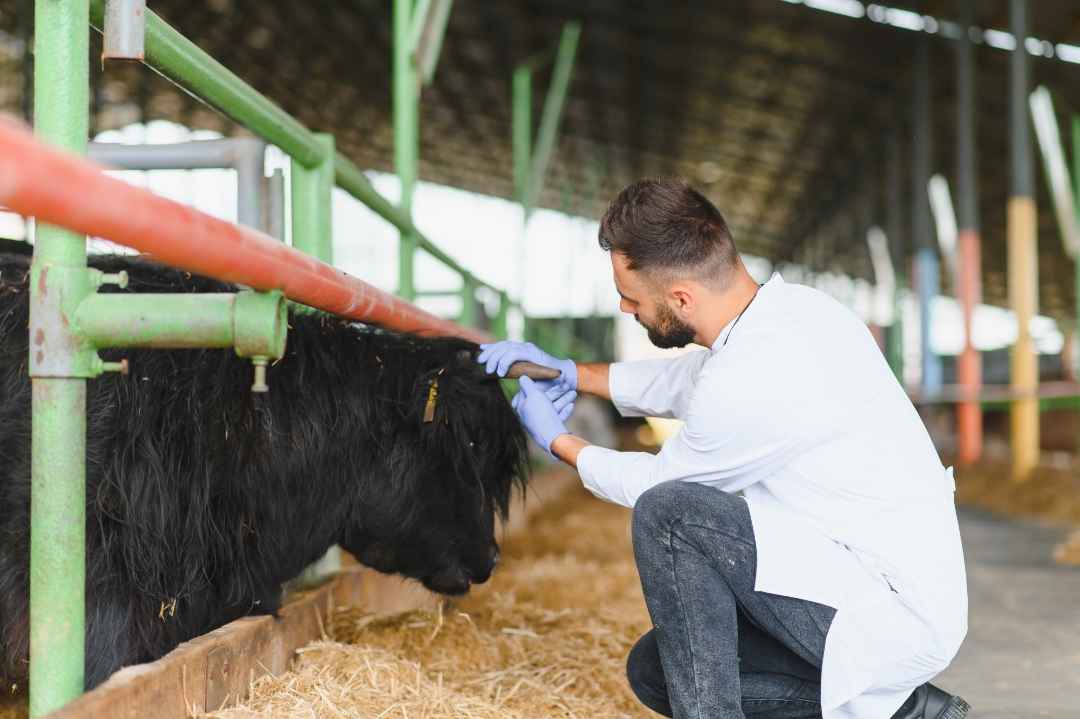New World Screwworm Case Raises US Livestock Concerns
Detection in Nuevo León, Mexico, is the northernmost case yet, prompting stronger surveillance and border protections.
Mexico’s National Service of Agro-Alimentary Health, Safety and Quality (SENASICA) confirmed a new case of New World screwworm (NWS) on Sept. 21, 2025, in northern Mexico, raising serious concerns for U.S. cattle producers and the broader livestock industry.
The detection is less than 70 miles from the U.S.–Mexico border in Sabinas Hidalgo in the state of Nuevo León. It marks the northernmost case yet during the current outbreak and is being described by officials as the most immediate threat to American herds. The town also lies along the major highway route between Monterrey and Laredo, Texas, one of the busiest commercial corridors in the world, which further heightens the risk of spread.
The confirmed case involves an 8-month-old cow that had been moved to a certified feedlot in Nuevo León after originating in a southern region of Mexico where NWS is already present. SENASICA’s preliminary report suggests that animal movement may be contributing to the pest’s northward spread.
The previous northernmost detection occurred on July 9, 2025, in Veracruz, roughly 370 miles south. Since then, the pest has steadily advanced toward the U.S. border. As a precautionary measure, U.S. ports remain closed to imports of cattle, bison and horses from Mexico.
USDA Calls It a National Security Priority
In response to the detection, U.S. Secretary of Agriculture Brooke L. Rollins reiterated the urgency of preventing NWS from entering the United States.
“Protecting the United States from NWS is non-negotiable and a top priority of the Trump Administration,” Rollins said.
“This is a national security priority. We have given Mexico every opportunity and every resource necessary to counter NWS since announcing the NWS Bold Plan in June 2025. Nevertheless, American ranchers and families should know that we will not rely on Mexico to defend our industry, our food supply or our way of life.”
According to Rollins, the U.S. Department of Agriculture (USDA) is firmly executing a five-pronged strategy designed to protect livestock, secure borders and take decisive action to contain the pest.
Surveillance Efforts at the Border
Since July, USDA and Mexican officials have been conducting intensive surveillance efforts across Texas, Arizona and New Mexico. Nearly 8,000 traps have been deployed, and more than 13,000 samples have been screened. To date, no NWS flies have been detected inside the United States.
Monitoring will remain critical in the coming weeks. The USDA has indicated it will analyze all new information from Mexico and adjust its response strategies as needed.
Sterile Fly Release and Facility Expansion
To stay ahead of the outbreak, the USDA is preparing to expand its sterile fly release program into northern Mexico. Sterile insect release, in which non-reproducing male flies are released to reduce breeding populations, has proven effective in past eradication efforts.
The U.S. is also investing in infrastructure to support this work. A sterile fly dispersal facility is under construction at Moore Air Force Base in Edinburg, Texas, with completion targeted by the end of 2025. Once operational, the site will be capable of dispersing up to 100 million sterile flies per week.
Planning is also underway with the U.S. Army Corps of Engineers for a larger-scale sterile fly production facility in southern Texas. That facility is projected to produce as many as 300 million sterile flies weekly, significantly boosting U.S. capacity to respond to outbreaks near the border.
Interagency Coordination
The USDA, through its Animal and Plant Health Inspection Service (APHIS), is coordinating with multiple federal agencies to ensure a whole-of-government approach.
Key partners include the Centers for Disease Control and Prevention, the Food and Drug Administration, the Department of Homeland Security, the Department of the Interior and the Environmental Protection Agency.
This interagency collaboration focuses on enhancing surveillance, sharing intelligence, ensuring rapid detection and expediting the development of new sterilization and treatment tools. The combined effort aims to safeguard not only livestock but also public health, wildlife and the agricultural economy.
In addition, SENASICA has launched a public dashboard that tracks confirmed NWS cases across Mexico. This tool provides valuable transparency and supports U.S. monitoring and risk assessment.
Understanding the Threat to Livestock
New World screwworm poses a severe risk to cattle and other warm-blooded animals. The pest’s larvae infest open wounds where they feed on living tissue. If left untreated, infestations can be fatal.
The USDA is urging livestock owners, especially along the southern border, to remain alert for potential signs of infection. These include draining or enlarging wounds, visible larvae, unusual animal discomfort or eggs around body openings such as the nose, ears or the navel of newborn calves.
Though infestations are rare in humans, they can occur. Anyone who notices unusual lesions or suspects possible infection is encouraged to seek medical attention promptly.
The USDA is continuing outreach to producers and veterinarians to ensure they have the information needed to respond quickly to potential cases. Ranchers who suspect screwworm in their herds are urged to contact their state animal health official or a USDA area veterinarian without delay.
Public awareness is a critical component of preventing the pest from establishing in the U.S. For more details on identifying and reporting NWS, producers can visit the USDA APHIS website.


